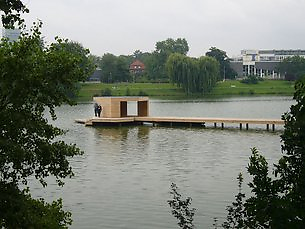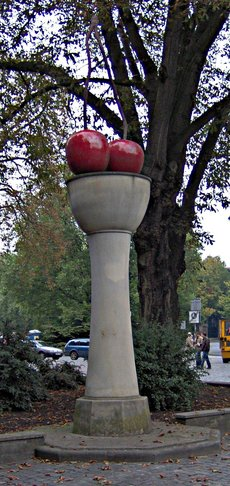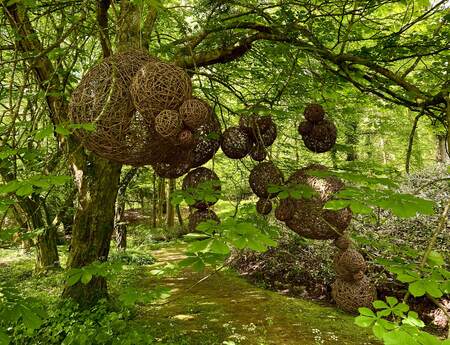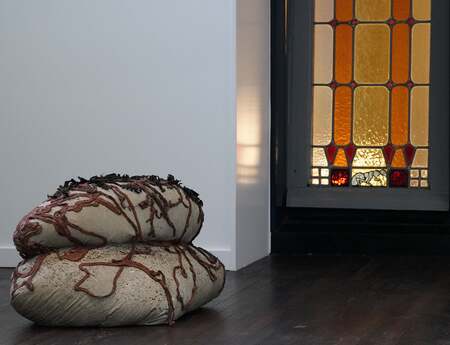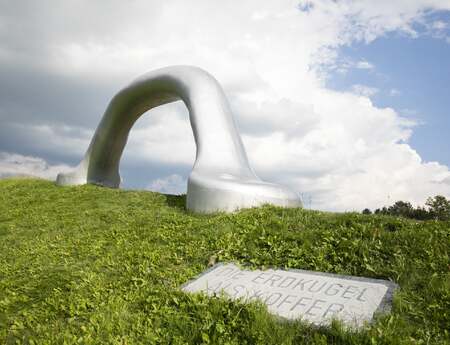Judith Collins on Skulptur Projekte Münster
This unique sculpture project began in 1977, and is now in its fifth manifestation, occurring every ten years, coinciding with every second Documenta. I have been fortunate to attend the 1987 and 1997 exhibitions, so I am really looking forward to the 2017 one.
It was a brave move by Münster City Council to commit to an ongoing project which examined ‘Art in public space’, as there really was no example they could have looked to for guidance as to how it would fare. It has turned out to be a huge success., enhancing the reputation of the city and bringing together, in a historical urban venue, artists from dozens of countries. In 1977 the sculptures had to be guarded at night for the duration of the exhibition, since some were damaged or covered with graffiti. However, the attitude of the local population to the Skulptur Projekte changed completely; by 1997 the locals and the municipal authorities welcomed the global cultural attention that the exhibition attracts.
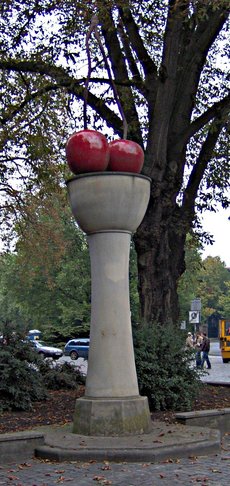
Skulptur Projekte in Münster 1987
The 1987 and 1997 exhibitions focused on the historical sites in the city, with artists exploring layers of meaning that were site-specific. Now artists are more likely to work with the city as a living organism, and deal with global socio-political issues. As with the concurrent Documenta show in both Athens and Kassel, there is at Munster an abundance of performance and installation art, including a Swedish graphic designer and a Nigerian sound artist, revealing that formal three-dimensional objects do not dominate these exhibitions in the way they did before.
Even though the sculptures in the exhibitions were proposed as temporary, Munster City Council have retained several works, and my favourite is Thomas Schutte’s sculpture Kirschensaule, first shown in 1987. With its two shiny red cherries sitting on top of a large stone column, it has always provoked an amused response. Yet it has much to say in sculptural terms about scale, use of colour, eroticism, permanence and parody.
Schutte is included in this year’s exhibition, but his contribution has not yet been revealed by the press. Will it be a substantial formal object or something less permanent? As in previous exhibitions, the organisers have commissioned several site-specific works, but this year they are encouraging ‘active public participation’ with the works. They are stimulating public intervention, but the term ‘public space’ now seems rather a 20th century description. Today audiences can be reached through very different platforms, primarily through shared digital technology.
It seems likely to me that what will remain of the Munster Project will not be a group of physical sculptures but a raft of memories and a huge number of smart phone photographs.
Judith Collins, May 2017
